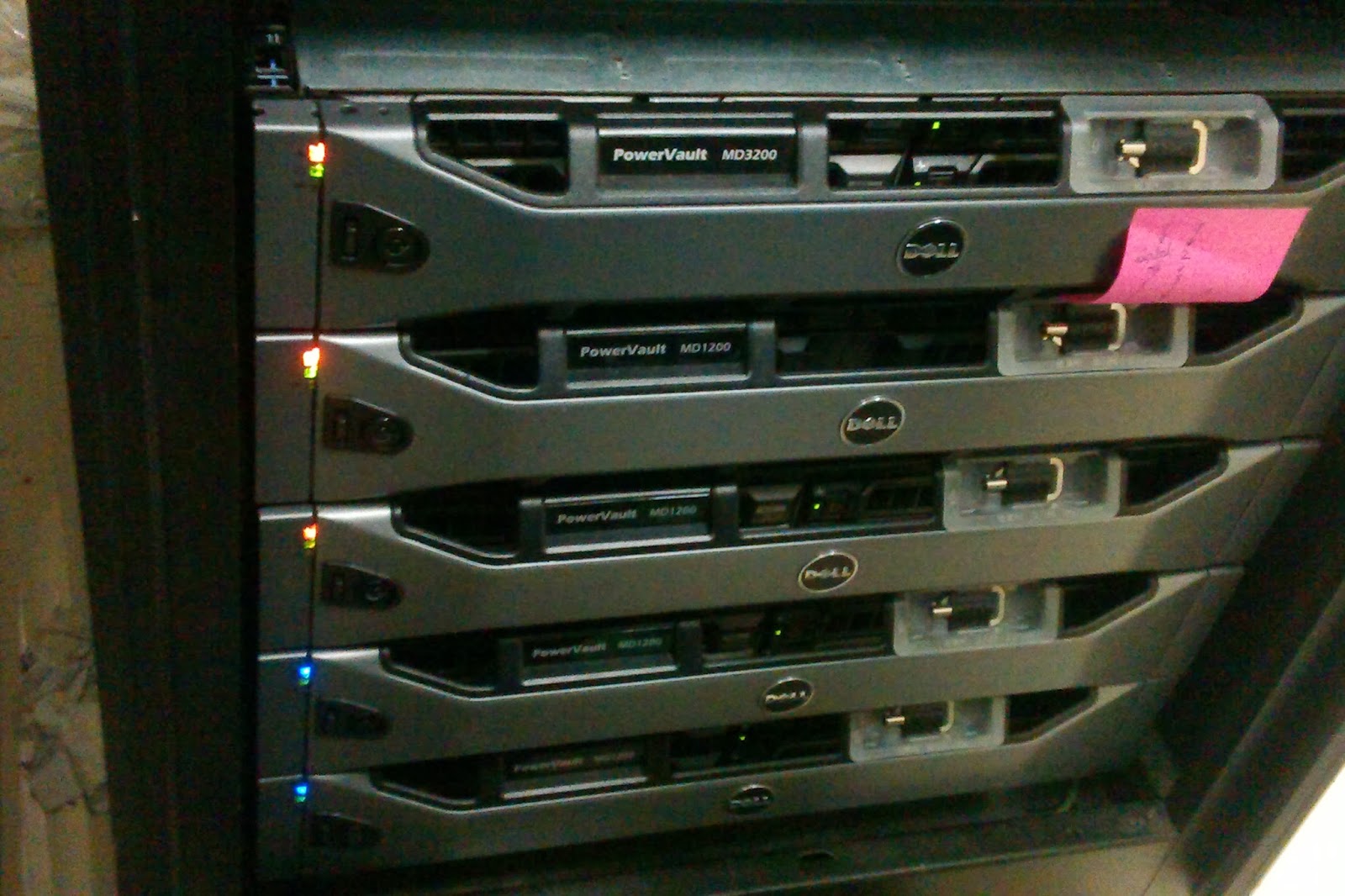The day opened at 11 AM for registration followed by Sumptuous lunch and the sessions started at 12.30 PM at Joseph B Martin conference center Harvard Medical School. The talks were fabulous. While listening to the talks, I was also scribbling down the points. It may not be very co-herent, but makes some sense. Here are the excerpts:
FIRST TALK: MutsigCV: Tool for correcting the mutation rate – Cancer genes
and evolution
1 mut/MB, 5-20 drivers
Driver event: An event that increased the fitness of the
cell when it occurred
Cancer genes: That harbor in them.
Gene length plays a role, the longer the gene, the greater
the chance to have cancer
Lung cancer 10 mutation /MB -> 450 genes
Tumor types have different mutation rates, blood cancer has
the lowest and the lung cancer has the highest
21 tumor types, 4729 tumors > 3 * 10^6 mutations
Mutations are clustered, then they are not by chance, they
may have a role. When they are in non-conserved region, they may be by chance. They
did a FDR < 0.01 and did a qq plot to analyze the data that is not in a
linear axis.
With more data we get more cancer genes
The genes that mutate at higher rate (>20%)don’t vary
much with down sampling. But as the % of mutation per gene went down the sample
size mattered, e.g; increase in sample size led to increased number of genes.
2000 tumor samples will be
appropriate for discovery for each cancer type, so altogether we will need2000
* 50=10,0000 samples`
Origin and consequences of genomic structural variation
EMBL
Illumina,followed by Solid and least by454. Depth is
8X,length is 90 bp.
Deletion: breakdancer,Delly,CNVnator,Pindel
Many novel deletions,
Inversions are very complex types in cancer genome in 1000
genomeproject
Using Minion (oxford nanopore ) to evaluate pacBio
sequencing.
International cancer genome consortium (ICGC): sequence
entire genome for normal and cancer patients.
Chromothripsis is a major cause of cancer occurrence.
Conclusion, existing data is not enough need more data.
Some chromosomes do circularize as a result of
chromothripsis.
Pan cancer Analysis of whole genomes (PCAWG). Deeply
sequenced data from 2000 patients.
Discovery of driver alterations in intergenic regions.
--
Therapeutic aspects of cancer drivers
Vernurafenib blocks BRAF .
6792 tumor samples covering 28 cancer types.
1.
Identify the drivers,find drugs targeting these
drivers and assign drugs to the patients for testing
2.
4068tumors from16 tumors for somatic mutation
3.
Yates and Campbell et al 2012
4.
Finding positive selection signals could be
indicativeof driver mutation.MuSIC-SMG/MutSigCV tools are used for
detectingpostive selection leading to driver mutation finding. OncoDriveFM
(FunctionalImpact bias), based on mutations at synonymous codon, stop codon
gain or frame shift getsthe highest scores.
5.
There are some hotspot mutations can be
identified by OncodriveClust
6.
Intogen.org has the mutationpipeline. You select
the cancer type and then lookfor the driver genes.
7.
Pipelines are also available for download and
run locally.
8.
Different methods can be usedfor deteing low ly
visible drier mutations.
9.
460 cancer drivers identified
10.
Pooled analysis andperproject analysis do bring
about some non-overlapping genes.
11.
200 or so new driver genes, including regulatory
genes
12.
Act=Gain switch of function(activating) ,Lof-
Loss of function (tumor suppressor genes)
13.
207 lof, 170 Act and 83 are unclassified
14.
73 are major drivers
15.
460 are mutational drivers 29 are cnv (copy
number variation drivers)
16.
90% of the tumors have atleast one driver event
17.
91 targetted drivers used for testing. 65.3% are
in clinical trials
Epigenome Alterations
1.
Third most common pediatric braintumor, 45%
incurable. Chemotherapy neverworks for these cases.
2.
Two clear groups identified. Tumor B tumor
survives,Tumor A are very aggressive.Sopatients can be reclassified.
3.
Deep exome sequencingforPFA. Recurrent tumors
havenoSNV nocnv no mutation. Looked at the epigenome. Cpg methylations patterns
are very different.PfA tumors aremuchmorethanpfB mutation.Have a high promoter
methylationevents/ gene silencing.inPFB nopatterns converged in pathway.InPFA
it converged into a pathway where genes like to stay undifferentiated.
4.
Recapitulating embryonic state
5.
It is non-heritable disease. This ia a denovo
disease.
--
Tumor/normal exome sequencing in dogs
forsomatic mutations.
1.
Variant calling was done using MuTect and
identifying significantly mutated genes using MUSIC
2.
Human data from tumor portal Lawrence te al
Nature 505 (7484), 2014.
3.
–
Pan cancer gene fusion
Oligo dimerization and tyrosynekinase domain fusions
1.
Cosmic and mitelman database -> 212 fusion
genes and >3 samples
2.
Discordant reads and anchor reads are used for
fusion discovery. Leads tolarge number of false positives. Minimumoverlap
junction optimizer (MOJO).
3.
Less number of false positives. Excluded all
fusion genes from GTex dataand also ignored >1% TCGA normals
4.
Most of the gene fusions occur between genes
< 1MB apart.
5.
90% of the tumors have atleast one fusion
6.
1578 are recurrent fusions in >2 samples.
7.
38 fusions are recurrent in 10 or more samples
--
Enriching NA NGS analysis forCNVs,
SNVs and gene fusions (sponsored talk)
--
Human Genome Analysis:
Hubs are more sensitive to
mutation. Do they break motif, do they network hub. Funseq.gersteinlab.org
--
Delivering large-scale
clinical testing of cancer predisposition genes – what does it take?
Nazneen
Rahman
TruSight workflow:
96 sample pipeline
--
Clonal evolution in
breast cancer revealed by single nucleus genome sequencing
TCGA and ICGC (inter and
intra tumor heterogeneity)
Mono-clonal,
poly-clonal, self seeding, mutator phenotype or cancer stem cells.
For this single cell
genome sequencing was pioneered. Nuc-seq. whole exome/genome sequencing using
G2/M single cells. Mimimum coverage depth is 60X andcoverage breadth in exomes
about 90%.
Randomlypicked cells
fromsuspension
--
Exome sequencing
identifies highly recurrent MED12 somatic
mutations in breast fibroadenoma:
Med12 driver mutation in
young women. Mutations occur at a hotspot and are deletions inframe. Mutation
at codon 44. These are benign are in the stromal cells..
These mutations are
reported in prostrate cancer, adenocortical carcinoma,uterine leiomyosarcoma.
Possible dysregulationof estrogen signaling.
They show higher
expression to estrogen response. They rise in stromal regions.
--
Extensive variation between
primary disease and metastatic disease.
-- 


